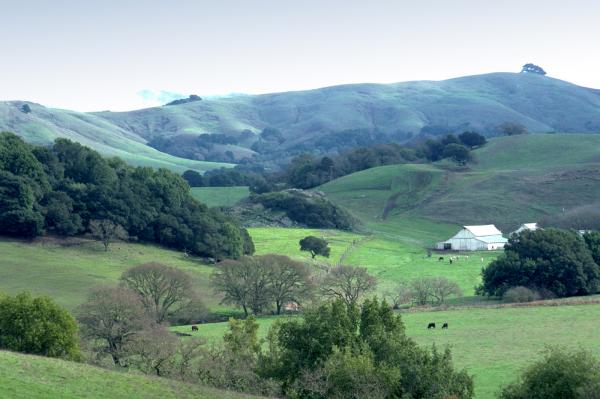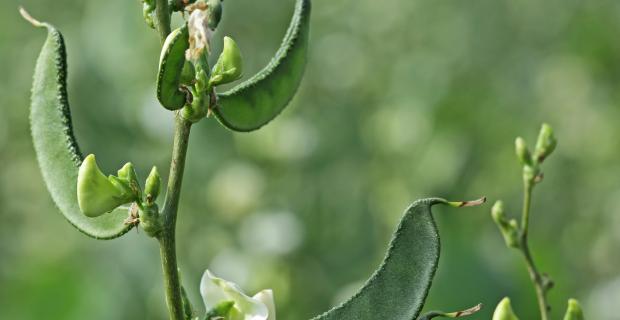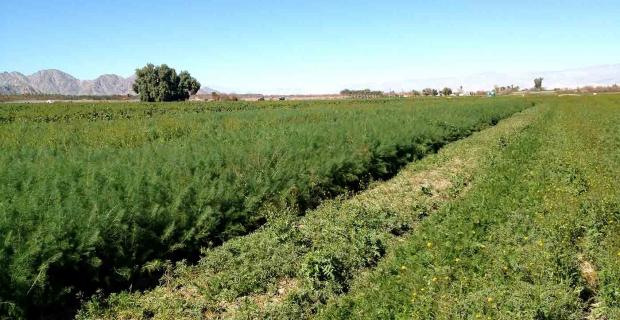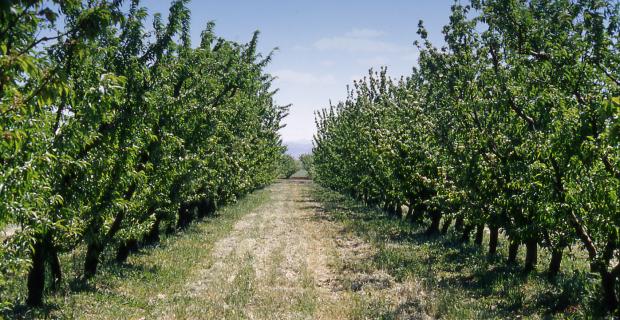Taking Back Our Food

World agriculture appears to be approaching a crossroads.
The globalized economy has placed a series of conflicting demands on existing croplands. Not only is this land required to produce food for a growing human population, but it also must meet the increased demands for biofuels; and it must do so in an environmentally sound way that preserves biodiversity and reduces greenhouse emissions, while still representing a profitable activity to millions of farmers.
These pressures are setting in motion a global food system crisis of unprecedented scope that is already signaled by food riots in many parts of the world. This crisis, which threatens the livelihoods of millions more than the current 800 million hungry people, is the direct result of the dominating industrial farming model, which is dangerously dependent on fossil fuels and has also become the largest source of human impact on the biosphere.
In fact, there are now so many pressures on dwindling arable ecosystems that farming is overwhelming nature's capacity to meet humankind's food, fiber, and energy needs. The tragedy is that agriculture depends on the very ecological services (water cycles, pollinators, fertile soil formation, benevolent local weather, etc.) that intensive farming continually degrades or pushes beyond their limits.
Before the end of the first decade of the twenty-first century, humanity is quickly realizing that the fossil fuel-based, capital-intensive, industrial-agricultural western model is not working to meet the food demands of various countries. Soaring oil prices will inevitably increase production costs and food prices, which have already escalated to the point that today one dollar purchases 30 percent less food than one year ago.
This situation is rapidly being aggravated by farmland being turned from food production to biofuels; it is also being aggravated by climate change, which has reduced crop yields as a result of droughts, floods, and other unpredictable weather events. Expanding land areas devoted to biofuels and transgenic crops will further exacerbate the ecological impacts of vast monocultures. Moreover, industrial agriculture presently contributes at least one-quarter of current greenhouse gas emissions, mainly methane and nitrous oxide. Continuing this dominant degrading system, as promoted by the current economic paradigm, is no longer a viable option.
The immediate challenge for our generation is to transform industrial agriculture by transitioning the world's food systems away from reliance on fossil fuels. We need an alternative agricultural development paradigm: one that encourages more ecological, biodiverse, sustainable, and socially just forms of agriculture. Reshaping the entire agricultural policy and food system in ways that are environmentally sound and economically viable to farmers and consumers will require major changes in the political and economic forces that determine what is being produced, by whom, and for whom.
Out-of-control trade liberalization, which forces developing countries to open their markets to subsidized crops coming from the North, is the key mechanism driving farmers off their land and the principal obstacle to local economic development and food security. Only by challenging the control that big multinational corporations exert over the food system and changing the export-led and free-trade based agriculture model can the downward spiral of poverty, low wages, rural-urban migration, hunger, and environmental degradation be halted.
The concept of food sovereignty, as promoted by the world's movement of small farmers, Via Campesina, constitutes the only viable alternative to the current and collapsing global food system, which failed in its assumptions that international trade was the key to solving the world's food problem. Instead, food sovereignty focuses on closed local circuits of production and consumption and community action for access to land, water, and agrobiodiversity, which are of central importance for communities to control in order to be able to produce food locally with agroecological methods.
There is no doubt that an alliance between farmers and consumers is of strategic importance. In addition to moving down the food chain – that is, eating less animal protein – consumers need to realize that their quality of life is intractably associated with the type of agriculture practiced in neighboring rural areas, not only because of the quality of the food produced, but also because agriculture is multifunctional, producing a series of environmental services such as water quality and biodiversity conservation.
But this multifunctional production can only emerge if agricultural landscapes are dotted by small, diversified farms, which, as studies show, can produce from two to ten times more per unit area than larger, corporate farms. In the United States, the top 25 percent of sustainable agriculture farms, which are mostly small-to-medium size, exhibit higher yields than conventional farms, and exert a much lower negative impact on the environment, reducing soil erosion and conserving biodiversity.
Communities surrounded by populous small farms experience less social problems and have healthier economies than do communities surrounded by depopulated large, monoculture, mechanized farms. Thus it should be obvious to city dwellers that eating is both an ecological and political act; that buying food at local farmers markets will support the type of beyond-peak oil agriculture that is urgently needed; and that buying food in supermarkets perpetuates an unsustainable agricultural path.
The scale and urgency of the challenge we face has no precedent, but what needs to be done is environmentally, economically, and politically feasible. The speed with which changes must be implemented is great, but it is doubtful that we can gather the political will to radically transform our food system before hunger and food insecurity reach planetary and irreversible levels.




